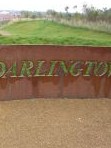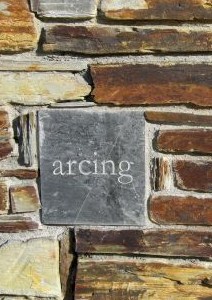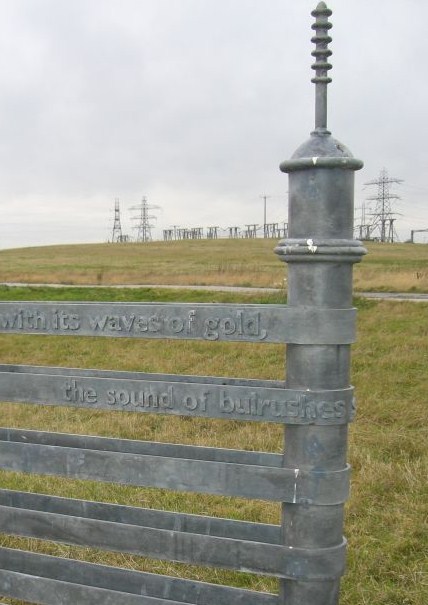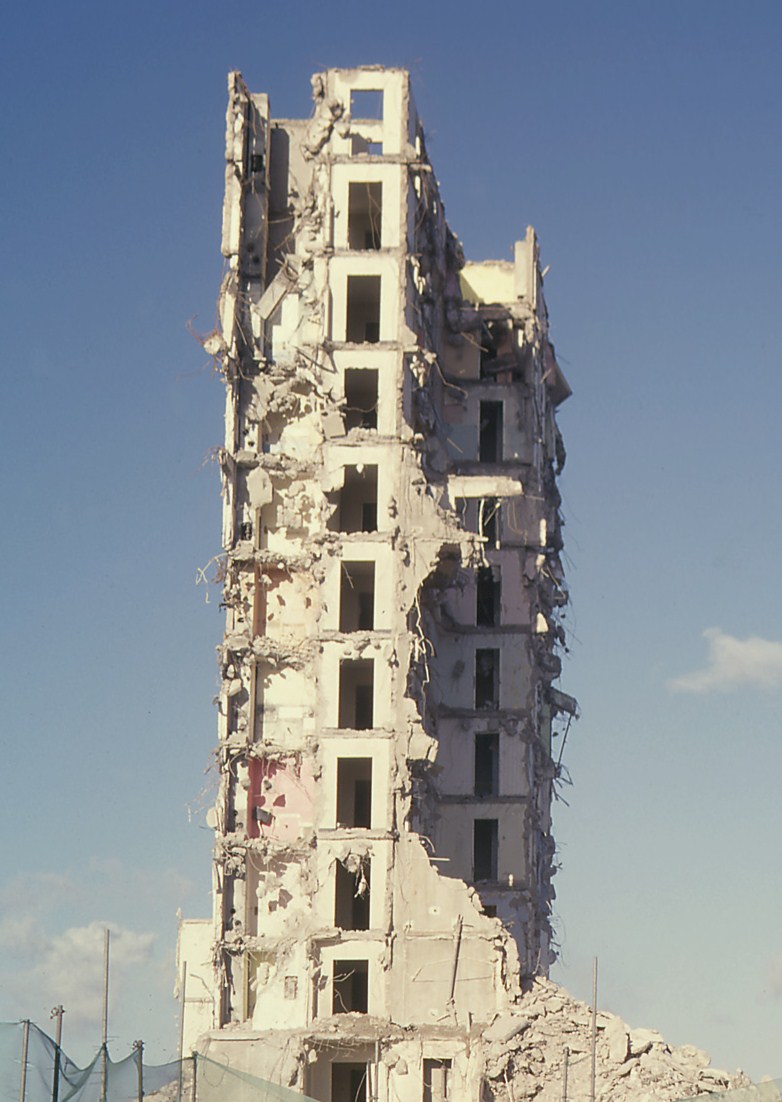A Place For Words: A Sense of Place
Creating a sense of place for a new or reinvigorated development is something constantly strived after, and for good reasons. The Commission for Architecture and the Built Environment's (CABE) 2007 report, ‘A Sense Of Place’ states that People value well-designed places and they like homes in developments with character that create a sense of place
, but signals that a high proportion of people living on new developments feel these developments lack just that. People want to live in or visit places that are unique, they want places that offer up surprises and possibilities.
One way of achieving this is finding ways to make connections between the past, present and future of a place in flux, to hold these often seemingly contradictory elements in tension, and by doing so to strengthen each. An area's physical, social, and cultural heritage, its ecology, and its future, offer rich seams which can be explored and embedded into the fabric and collective memory of a development. Projects which aim to do this can enable communities and developers to find and honour the uniqueness of a place. They help create – or we might prefer to see it as uncovering and articulating – a ‘sense of place’.
The fear and suspicion surrounding new developments is often the fear of the past being obliterated and a soulless development being plonked down in its place, the fear that developers will come in and treat a place as a blank canvas. Nowhere is a blank canvas, and the complexity and joy of living in a city is created by these layers of time, marked by different styles; the endless possibilities for discovering new things.
Writers can work with communities to explore and capture the essence of a place, which can in turn inform and influence its physical regeneration. Well planned writing projects can enable people to discover the history of a place, and the relevance of that history to their own lives. They can help people to find their own creative responses to a place and to feel empowered to positively affect and be involved in its future. In doing so, such work helps create and preserve a unique sense of place for new developments, it honours and validates the history of a place, helps bring communities and individuals on board with change, and fosters a sense of ownership and pride which contributes to the continuing success of a place.
Creative projects can also pull out and strengthen connections between people, communities and organisations with an interest in a particular place. Such projects can bring people together who might otherwise have been pitted against each other, or simply unaware or unsure of each other.
The following case studies are of projects where writers worked to create/uncover and articulate a ‘sense of place’

Westpark, Darlington – A partnership between poet W.H.Herbert and developer Bussey and Armstrong, resulting in a unique new development in which poetry celebrates the site's heritage, ecology and possibilities.

Living Legends, Tintagel, Cornwall – A regeneration project in the village of Tintagel. Poet Amanda White worked with lead artist Michael Fairfax, and community members, to create a wall of words in a new public space.

Hawthorn WordWorks, Murton – A project creating poetry sculptures for a new public space on the site of an old coke works. Poet Linda France worked with five groups local to the site and blacksmith William Pym.

Further Up In The Air – Eighteen artists, including writer Will Self, were commissioned to occupy empty flats in a Liverpool tower block destined for demolition, and create work responding to the tower and the regeneration process in the local area.

Peases West Railway Walk – writer, Julie Ward, worked with local residents and sculptor Keith Alexander to create permanent pieces of work for a public footpath and cycle way following the route of an old mineral rail-track in the town of Crook, County Durham.
« Back


